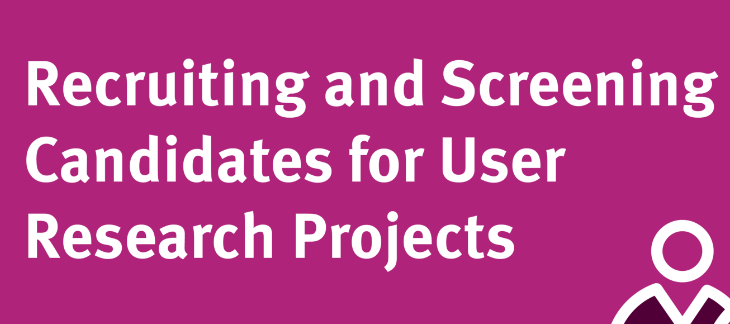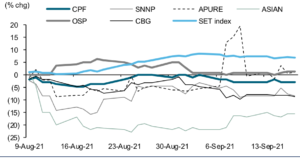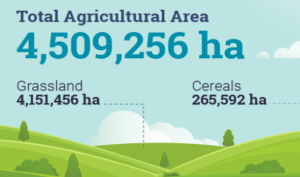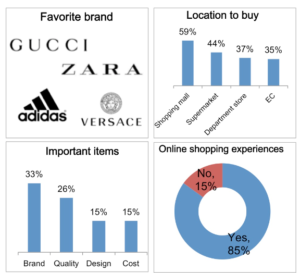
Field Research Support Specialist
Research Clerk's are field research participant recruitment and project management experts. We are working on social and experimental research services in over 35 countries. We welcome NGOs, GOs, Industry and consumer companies to work with full market research and report publications.
We are Working with Three Major Research Methods
Qualitative, quantitative, and mixed methods research are three major approaches used in various disciplines. Qualitative research explores phenomena through in-depth examination of experiences and behaviors, often using non-numerical data. Quantitative research, on the other hand, collects and analyzes numerical data to test hypotheses and quantify relationships between variables. Mixed methods research combines elements of both approaches within a single study, offering a more comprehensive understanding of research problems by integrating diverse data sources and perspectives.
Research Clerk's Major Ongoing Services
Research Clerk Works with World Know Brands










Key of Qualitative Research
Focus Group Discussion
Focus group discussions are structured conversations among a small group of individuals aimed at exploring perceptions, attitudes, and opinions on a specific topic in a collaborative and interactive setting.
In-Depth Interviews
In-depth interviews are qualitative research techniques that involve in-depth conversations between a researcher and a participant, aimed at eliciting detailed insights, experiences, and perspectives on a particular topic.
Ethnographic Research
Ethnographic research entails deeply embedding oneself within a specific cultural context to observe and understand the behaviors, beliefs, and interactions of its members, offering nuanced insights through participant observation and interviews.
Case Study
A case study involves an in-depth examination of a particular individual, group, or phenomenon within its real-life context, aiming to provide detailed and contextualized insights into specific issues, behaviors, or outcomes.
Participant Observations
Participant observation involves researchers immersing themselves in a social setting to observe and participate in the activities and interactions of the participants, enabling firsthand understanding of the context, behaviors, and dynamics within the studied group.
Documents Analysis
Document analysis involves systematically examining various types of textual, visual, or audio materials to uncover patterns, themes, and meanings within the documents, providing valuable insights into historical contexts, social phenomena, or organizational processes.
Research Clerk Recent Works
Key of Quantitative Research
Survey Data Collections
Survey data collection involves systematically gathering information from a sample population using standardized questionnaires or interviews, enabling researchers to quantify attitudes, behaviors, or characteristics within a defined context.
Telephone Interviews
Telephone interviews involve conducting structured or semi-structured interviews with participants over the phone, allowing researchers to gather data efficiently from geographically dispersed populations while maintaining a level of personal interaction and flexibility in questioning.
Face-To-Face Interviews
Face-to-face interviews entail researchers conducting structured, semi-structured, or unstructured interviews with participants in person, facilitating deeper rapport, non-verbal communication, and nuanced responses, thus offering rich qualitative data.
Secondary Data Analysis
Secondary data analysis involves the examination and reanalysis of existing datasets that were collected for purposes other than the researcher's original study, enabling researchers to answer new research questions or test hypotheses without collecting new data.
Content Analysis
Content analysis is a research method used to systematically analyze and interpret the content of textual, visual, or audio materials, such as documents, articles, images, or media broadcasts, to identify patterns, themes, and meanings within the content, providing insights into social phenomena and communication trends.
Web-Based Data Collections
Web-based data collection involves gathering information from participants using online platforms, such as surveys, questionnaires, or experimental tasks administered via websites or mobile apps, offering advantages like scalability, accessibility, and real-time data collection.
Research Clerk's Knowledge Resources
Below are the latest knowledge resources, socio-economic trends, trending research methodologies, and research insights from Research Clerk experts.

The Vital Role of Healthcare Research in Shaping Tomorrow’s Wellness
In the dynamic landscape of healthcare, research serves as a beacon of hope, driving innovation, advancing medical knowledge, and ultimately improving
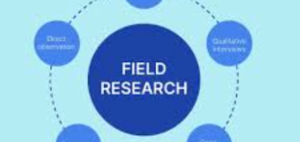
Significance of Research Fieldwork: Where Insights Meet Real-World Context
In the realm of academic inquiry and scientific exploration, research fieldwork stands as a cornerstone for generating profound insights, validating theories,

Savoring Success: Navigating the World of Food and Beverage Research
In the ever-evolving landscape of food and beverage, understanding consumer preferences, culinary trends, and market dynamics is essential for success. Enter

Unveiling Insights Beyond Numbers of Ethnographic Research
In the realm of research methodologies, ethnography stands out as a powerful tool for delving into the intricacies of human behavior,
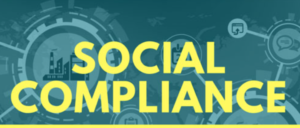
Navigating the Importance of Social Compliance Audits
In today’s interconnected world, businesses are not just accountable for their bottom line; they’re also responsible for their social impact. Enter

Understanding the Power of Focus Group Discussions
In the realm of market research and product development, understanding the needs, preferences, and perceptions of your target audience is paramount.

Navigating Excellence: The Basics of Product Quality Control Audits
Product quality control audits stand as sentinels of excellence in the realm of manufacturing and production. They are systematic examinations designed
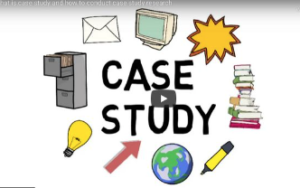
Understanding the Basic Role of Case Studies: Unveiling Insights and Solutions
Case studies serve as the bedrock of practical learning and problem-solving across various fields, from business to academia and beyond. At


